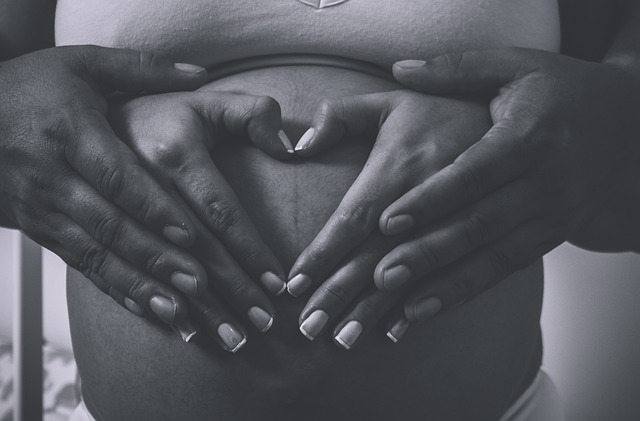Let’s face it—discussing our ‘backdoor’ issues can be uncomfortable and embarrassing. However, the reality is that we all have them, and it’s crucial to maintain their health. Our bodies are designed to process waste efficiently, and it shouldn’t be a painful experience. When it comes to “dropping the kids off at the pool,” the experience should be smooth rather than excruciating.
For those who have given birth, the term hemorrhoids may evoke a cringe-worthy understanding of the discomfort associated with them. Yes, we’re talking about that unfortunate moment when the lining of your rectum begins to protrude, leaving you uncertain whether to consult a medical professional, grab some over-the-counter relief, or simply hide away in embarrassment. Hemorrhoids are particularly common during pregnancy and childbirth—those pesky anal bumps can truly be a pain.
Take it from someone who once endured a ten-day ordeal without a bowel movement after developing a hemorrhoid during childbirth—it was both confusing and agonizing. This struggle isn’t exclusive to women, either; while pregnancy and childbirth can exacerbate the issue, men are equally susceptible to this condition. It’s not quite as glamorous as having a clitoris, but the analogy stands.
If you’ve experienced the discomfort of something protruding from your rear end, complete with itching and burning sensations, you’re certainly not alone. In fact, Dr. Mark Thompson, a board-certified gastroenterologist, notes that up to 50% of adults will encounter hemorrhoids by the time they hit 50. Yes, it’s that common!
Interestingly, everyone has hemorrhoids as part of their anatomy. Dr. Thompson explains that there are three primary hemorrhoidal cushions located around the anal canal—one on the left and two on the right. So, if you happen to lie on your left side, think of them as being positioned at 2, 6, and 10 o’clock. Understanding this can help ease some of the shame surrounding them.
The most frequent triggers for hemorrhoids include changes in bowel habits, such as constipation and diarrhea, as well as the straining that often accompanies these conditions. Pregnant women are especially vulnerable to flare-ups due to the physical changes during this time.
In order to maintain a healthy rectal area, Dr. Thompson advises increasing your fiber intake and drinking plenty of water daily—not just when discomfort arises. Should you experience more severe symptoms like bleeding, pain, or itching, don’t hesitate to seek medical advice. The days of suffering in silence are over, and the treatments available today are more effective than ever.
So, if you’re experiencing these uncomfortable symptoms, take action. You don’t need to endure the agony of hemorrhoids on top of everything else life throws your way. Remember, we all have our own challenges, and hemorrhoids don’t have to be one of them. For those interested in enhancing their chances of conception, you might find valuable insights in our post on boosting fertility supplements, and if you’re looking for further information on pregnancy, this resource is excellent for understanding home insemination.
In summary, hemorrhoids are a common yet often overlooked issue during pregnancy that can cause significant discomfort. Acknowledging their existence is the first step toward finding relief. By focusing on prevention and seeking professional help when necessary, you can navigate this aspect of pregnancy with more ease.
